Every shelf in your home tells a story that goes beyond functionality. The books, ceramics, artwork, keepsakes, and...
- There are no more items in your cart
- Shipping
- Total £0.00

Real wood vs Imitation - What’s the real deal?
Table of Contents
- What is real wood?
- What is imitation wood?
- How to tell the difference
- What makes real wood special
- Why some people still choose imitation
- Real wood at Chill House
- Final thoughts
What is real wood?
Real wood is exactly what it sounds like. It comes from a real tree. There are no hidden layers or printed patterns. Every piece has its own look. You can see the grain. You can feel the texture. There might be knots, cracks, or little color changes. That’s all part of the charm.
It’s solid all the way through. That means it stays strong for many years. If it gets scratched or marked, you can sand it down and bring it back to life. That’s the beauty of real wood. It’s not just for now. It’s for the future too.
What is imitation wood?
Imitation wood is often made from materials like MDF or chipboard. These are small bits of wood mixed with glue and pressed into shape. On the outside, they usually have a thin cover. This might be a printed paper that looks like wood. Sometimes it’s a plastic layer or a thin veneer. It can look good from far away. Some pieces are smooth and neat. But it’s not real wood. It doesn’t have that natural feeling. It won’t age in a nice way. If the top layer chips or peels, you can’t really fix it.
How to tell the difference
There are a few simple ways to know what you’re looking at. First, touch the surface. Real wood feels warm and textured. Imitation is usually smooth and flat.
Next, look at the edges. Real wood shows grain that runs through the whole piece. With imitation, you might see lines, layers, or a plastic finish. Also, check the weight. Real wood is heavier. It’s denser and stronger. Imitation is often lighter, especially with hollow parts or compressed boards. Lastly, look at the pattern. Real wood never repeats. Imitation often uses printed designs, so you’ll notice the same grain again and again.
What makes real wood special?
Real wood is strong. It lasts for many years. Some pieces can even be passed down from generation to generation. It also gets better with time. The color changes. The texture becomes softer. It fits into your home in a way that feels natural. Each piece tells a story. You can see the marks from nature. You can feel that it was once part of a tree. That kind of feeling is hard to fake. At Chill House, we love those details. We choose every piece of wood by hand. We keep the natural knots and marks. They make every shelf or table one of a kind.
Why some people still choose imitation?
There are times when imitation might be enough. If you need something cheap or temporary, it can do the job. Maybe you’re furnishing a rented flat. Maybe it’s just for a short time.
Imitation is also easy to find. Many stores sell it at low prices. Some people like how smooth and modern it looks. But it’s not made to last. Once it chips, swells, or breaks, it’s hard to repair. Most of the time, it ends up in the bin.
Real wood at Chill House
At Chill House, we use only solid wood. Most of our pieces are made from FSC-certified pine. That means it comes from responsible forests.
We never use chipboard or MDF. We want you to have furniture that lasts. That feels real. That adds warmth to your home.
Each shelf is made by hand in our UK workshop. We take pride in every detail. We make sure the grain, shape, and texture are just right. That’s what makes Chill House different.
Final thoughts
Real wood gives you more than just a look. It gives you strength. It gives you history. It gives you something real to hold onto.
If you care about quality, real wood is the better choice. It might cost more at first. But it stays with you longer. It feels better every day.
Imitation can work if you need something fast and cheap. But if you want furniture that grows with you, real wood is the way to go.
That’s what we believe at Chill House. And that’s what we build.

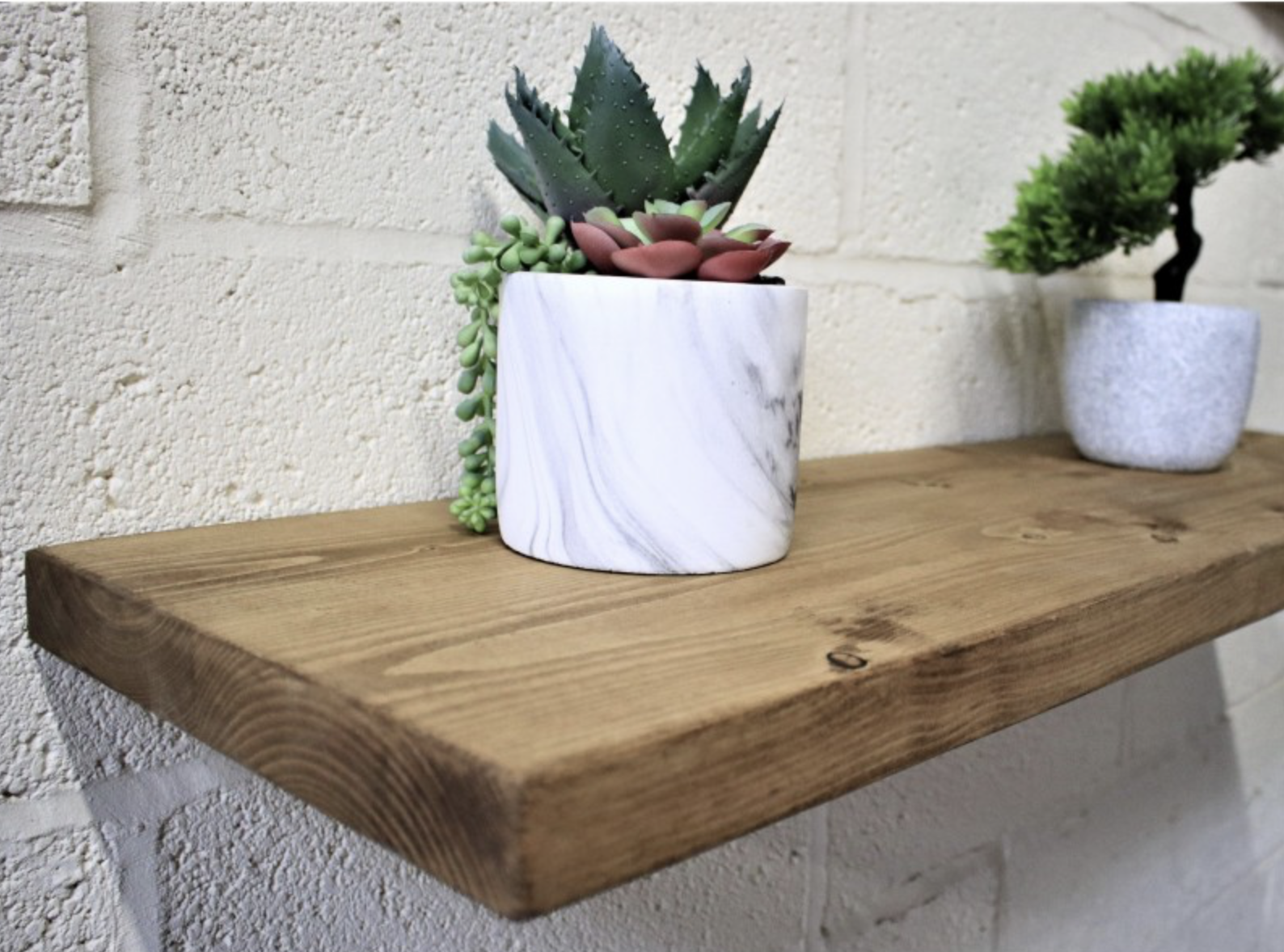
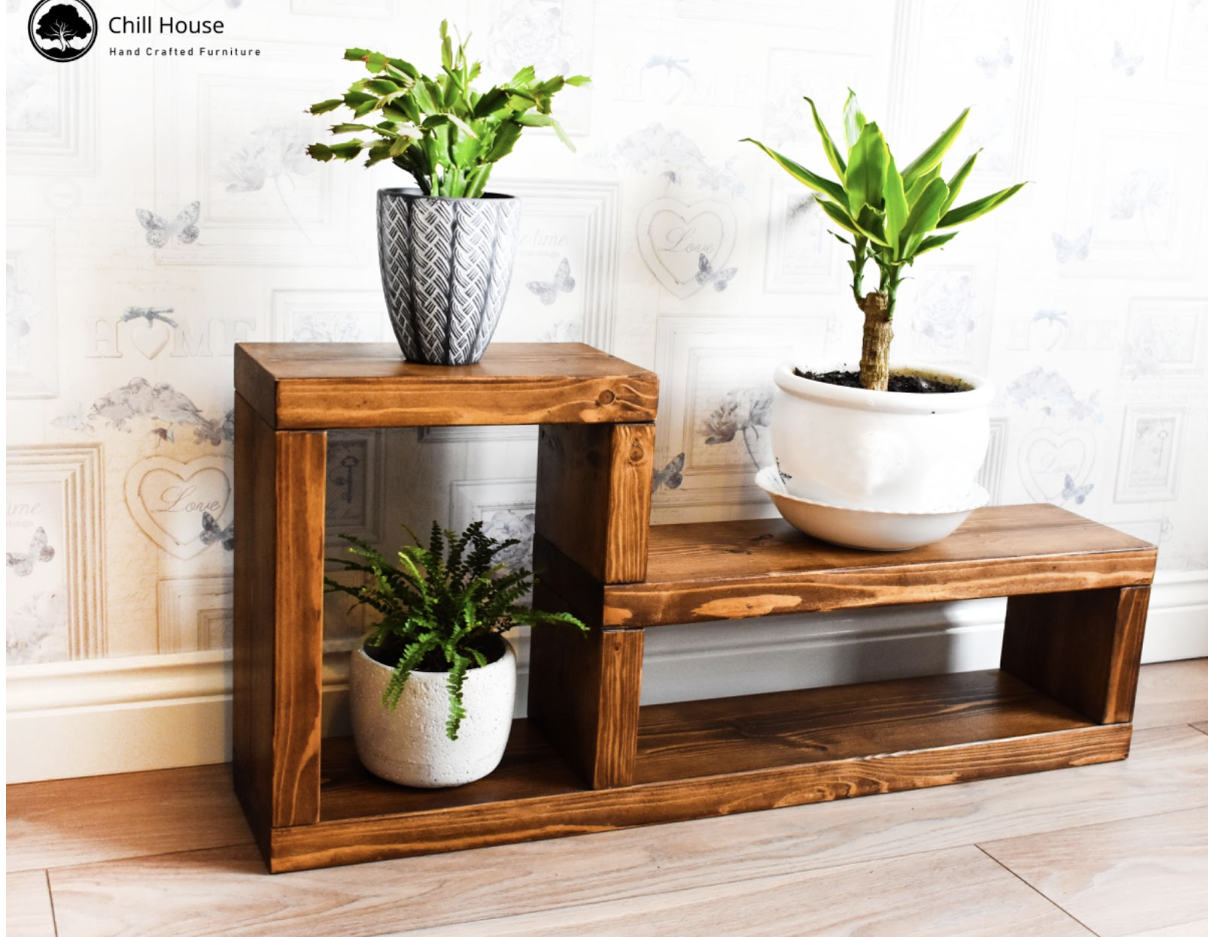
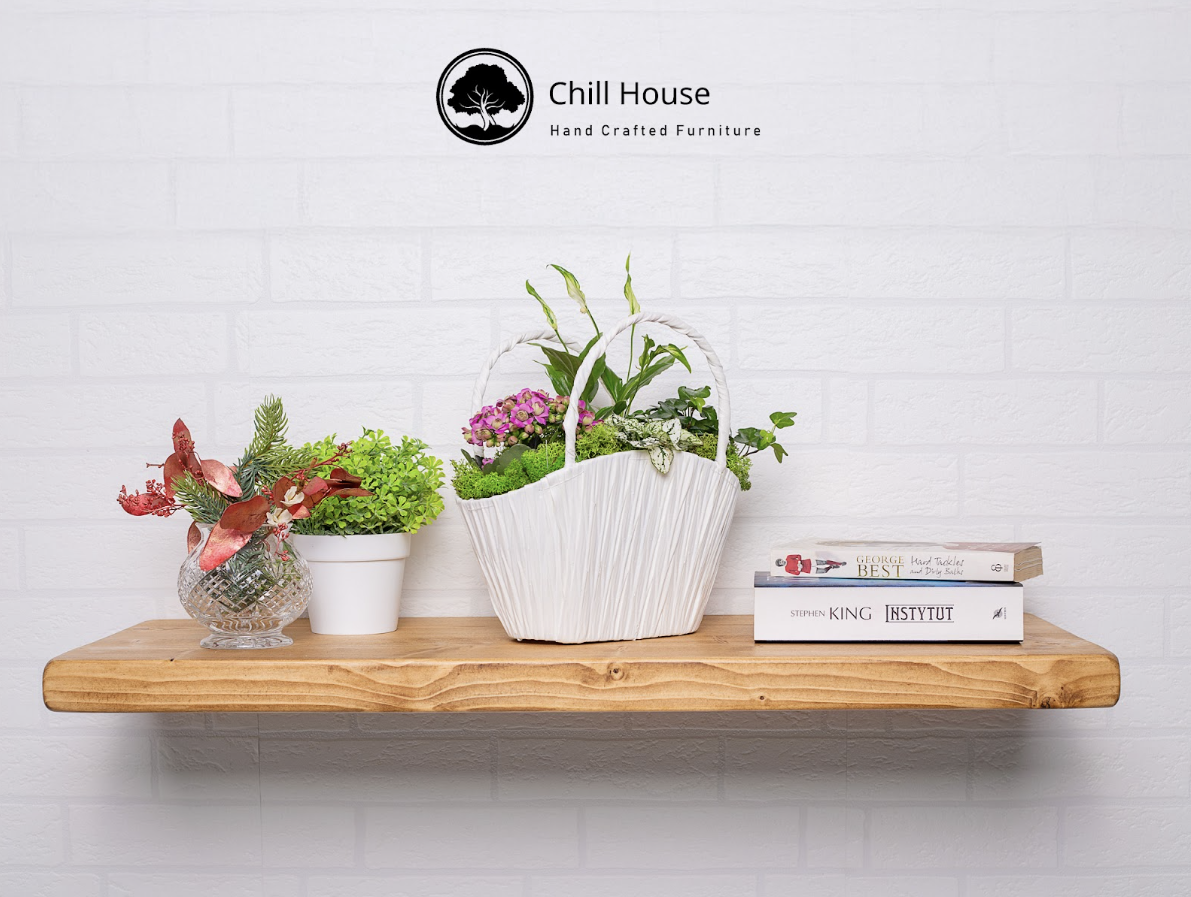


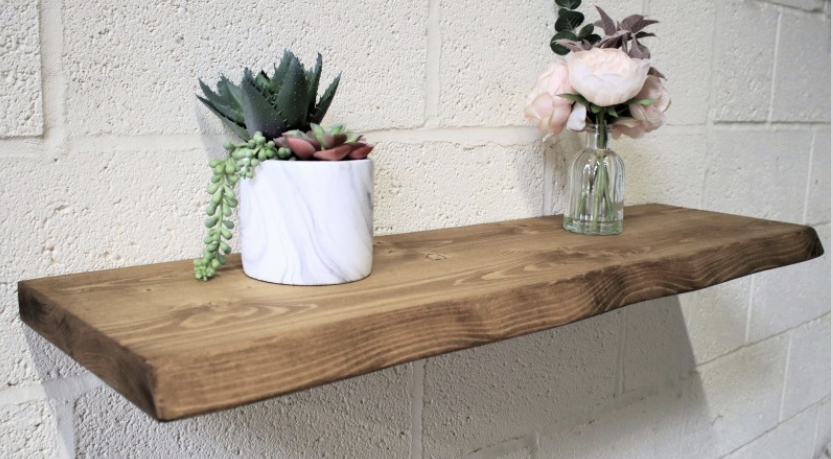
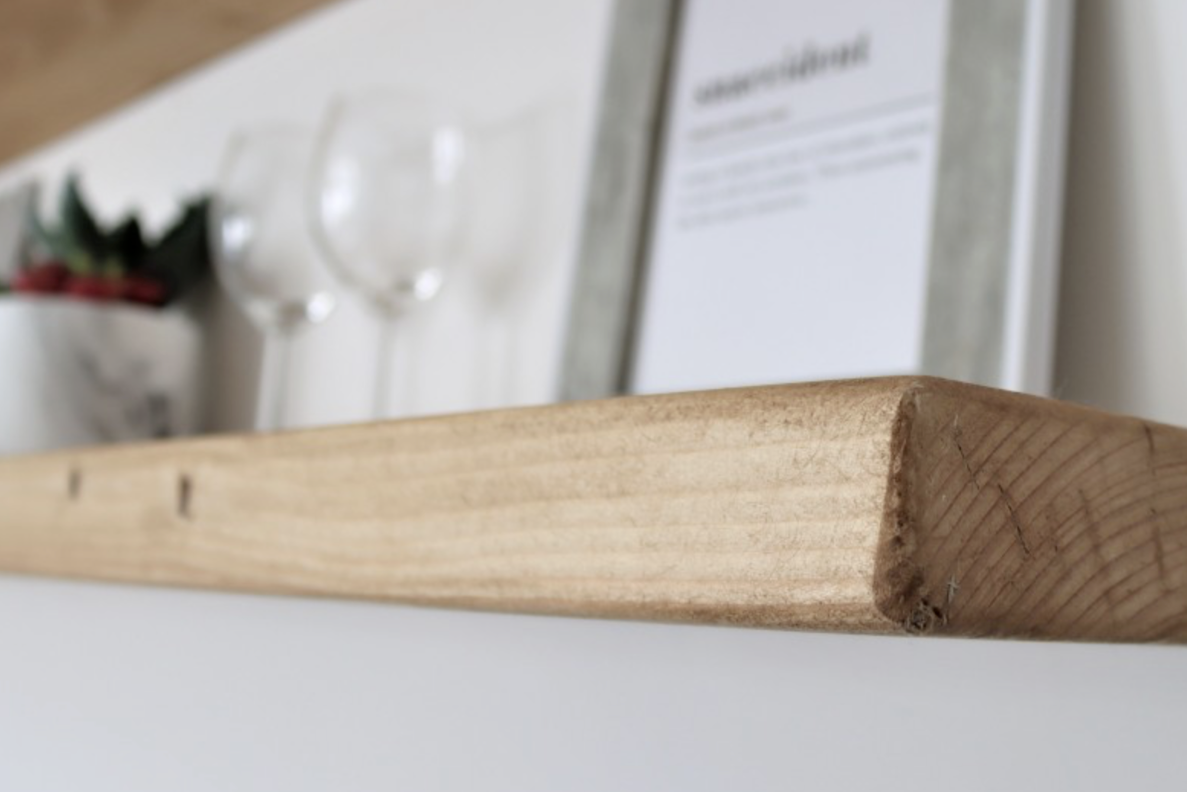

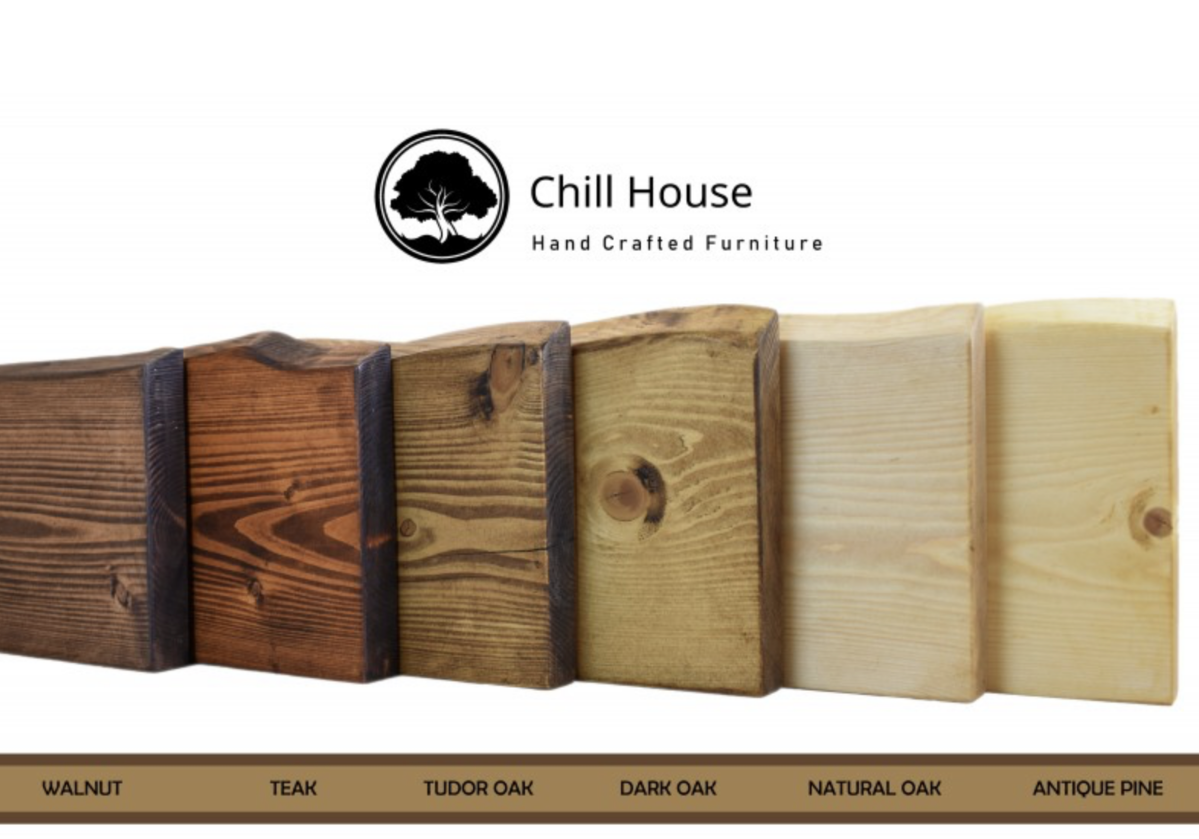
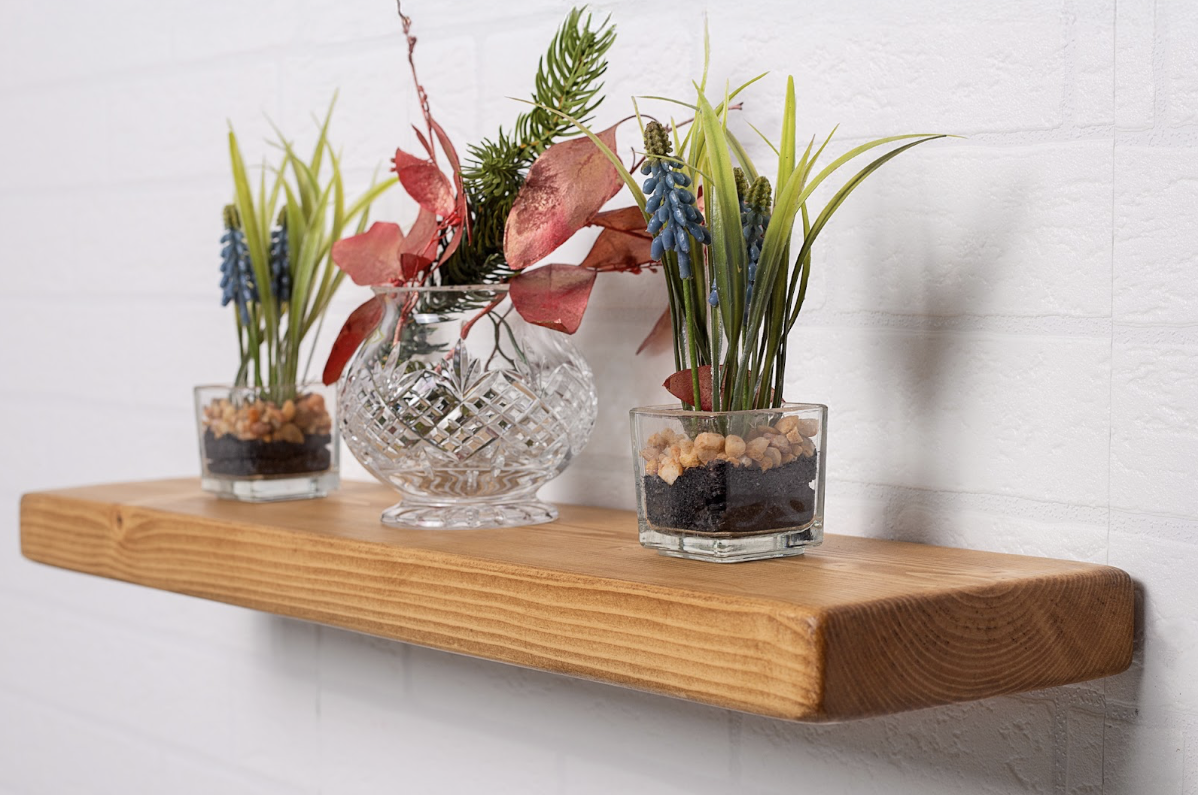





Leave a comment